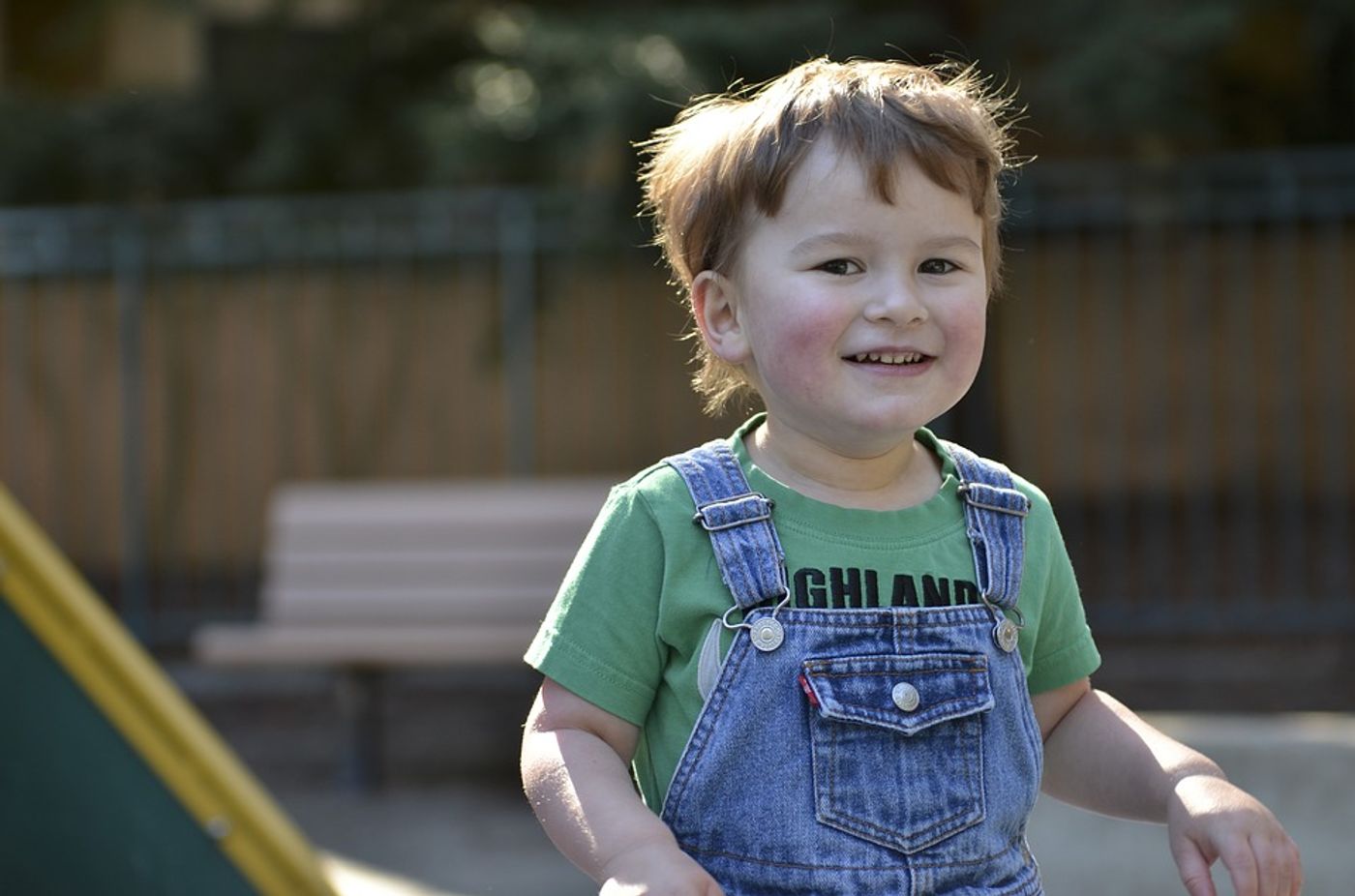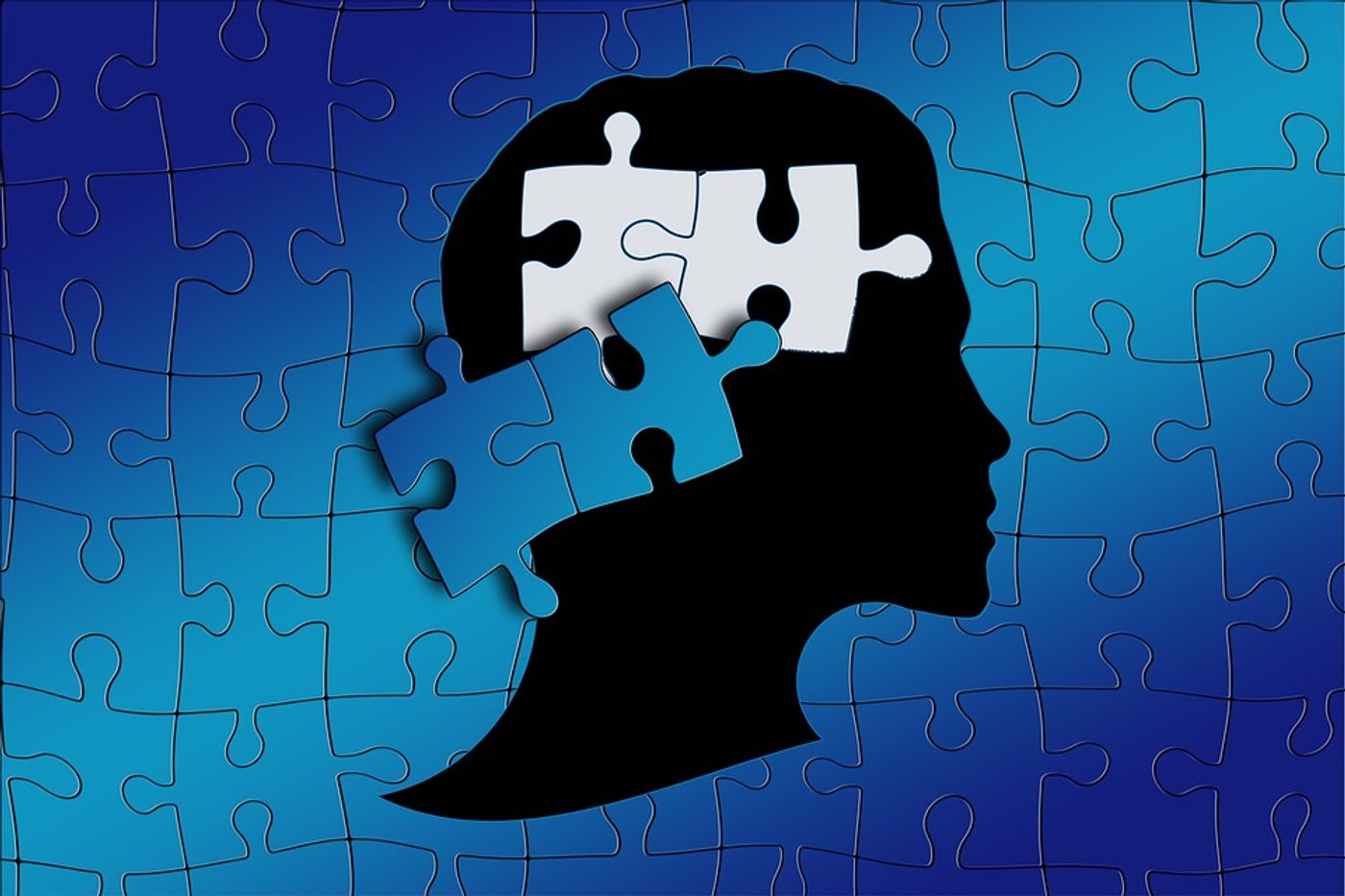Children With Autism Are At Higher Risk Of Sedentary Lifestyle
Children who have autism are at a higher risk of physical inactivity. This is, in part, because characteristics of the disability interfere with participation in traditional forms of exercise. Persons with autism have symptoms that vary greatly in severity. The diagnostic term was updated to Autism Spectrum Disorder (ASD) in 1994 to reflect this variation. Fitness is an essential component to overall health and quality of a person's life. As such, it is important to consider ways in which exercise programs can be tailored to ASD populations.
ASD is a developmental disorder associated with brain dysfunction. Common impairments to ASD persons include difficulty interacting and communicating. Other attributes of the disorder include unusual responses to sensory stimulus, engagement in repetitive behaviors and resistance to environmental change or change in routine.
Children without disabilities get most of their activity from three activities. Most activity is acquired during transportation, for example, walks to school. The second way is through informal play like that you might expect during recess. Finally, children are active during formal play such as organized activities like sports. The impairments associated with autism disrupt these types of opportunities for children who have the disorder.
Research on youth with autism and similar types of disorders find that these children often fall short of reaching physical activity guidelines. This is in part because of their ineligibility to participate in competitive sports with other children their age. Surprisingly, these children may also be excluded from Special Olympic events if the criteria for admittance is not met.
Even when allowed free time to play, children with ASD are less active than their non-ASD counterparts. Reaching an appropriate level of movement with these children often requires additional prompting from activity center staff. One way to achieve this through play is to use sensory mats. These specialized mats encourage sensory play through hands and feet, promoting movement and active participation.
This highlights the importance of having any staff working with ASD youth to be adequately trained. It is critical that these staff understand the unique concerns of this special population. Because fitness improves every measure of health from blood pressure to bone density, it may even be appropriate for those with ASD to meet weekly with personal trainers or group exercise instructors who hold appropriate training.
It is unfortunate that not more is done to ensure ASD youth get enough exercise. The benefits of fitness have been extensively, extremely well-documented as necessary for reducing the risks of developing cardiovascular disease, diabetes, and obesity. Participation in physical activities also helps enhance positive self-esteem, social and intellectual outcomes, and overall happiness.
Guidelines for children without disabilities recommend at least 60 minutes of developmentally appropriate physical activity on all or most days of the week. Also, for adolescents guidelines recommend they be active every day including 20-minute bouts of continuous moderate-to-vigorous physical activity. Research on youth with disabilities indicates that ASD youth are not meeting the standards.
There are a few ways that these youth spend more time inactive than their non-ASD counterparts. For one, parents of ASD children may use videos to occupy them while they do housework or interact with other children under their care. Also, there has been an unfortunate trend of limiting or eliminating physical education classes in schools. This is taking a valuable opportunity from children to be active. ASD youth may have difficulty on sports teams during adolescence because of the increasingly competitive nature of play. These and other barriers make it harder for children with ASD to remain active. This, in turn, predisposes them to develop chronic diseases and other indicators of poor health.
The above video, from the National Center on Health, Physical Activity, and Disability (NCHPAD), goes into what a cardiovascular exercise routine might look like for an ASD youth.
Sources:












